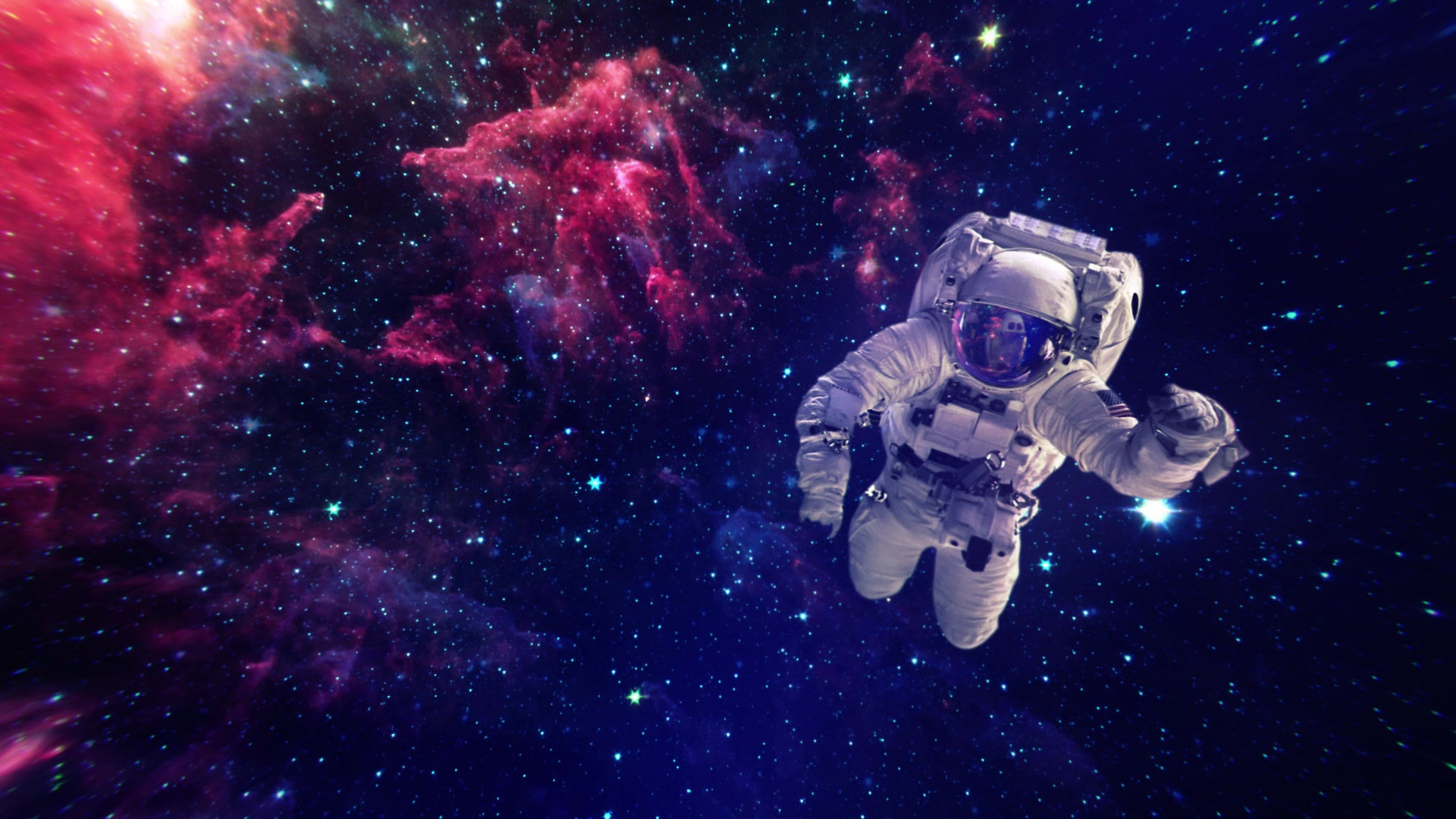
Protostar
We have seen how the initial body of a protostar is formed, but that is just the beginning. After the initial formation of a class O protostar, the gravitational contraction within the nebulae (cloud) continues. Eventually the gas that formed the protostar becomes opaque trapping radiation in the core, which gives way to a rapid rise in temperature. As the system (cloud and star) evolves more and more of the gas gets incorporated into the star. This process continues until the gas forming the star is hot enough for the internal pressure to stabilize with the gravitational collapse, preventing further contraction. This state is called hydrostatic equilibrium.

From here the protostar continues to collect more material to allow deuterium fusion to take place within the core. When the star has collected enough material to sustain fusion, it is considered to be a pre main sequence star (PMS star). The energy source of these stars is primarily gravitational contraction whilst they gather material to begin, and sustain, hydrogen fusion.
Once hydrogen fusion has begun, and is sustainable, the excess ISM is cleared away through stellar turbulence, ending the protostellar phase. From here the star joins the main sequence on the HR diagram, much like our sun.
